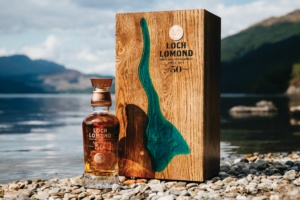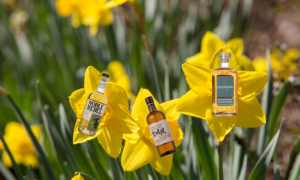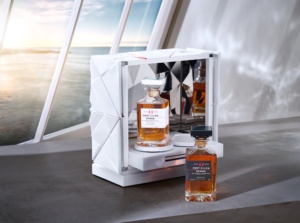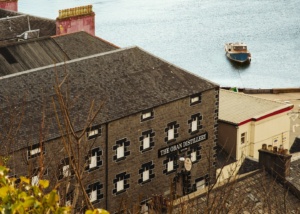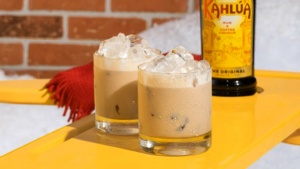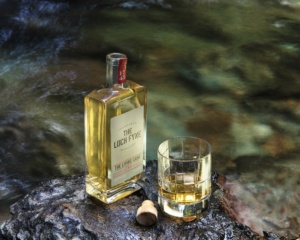Island Hopping: Best Island Distilleries
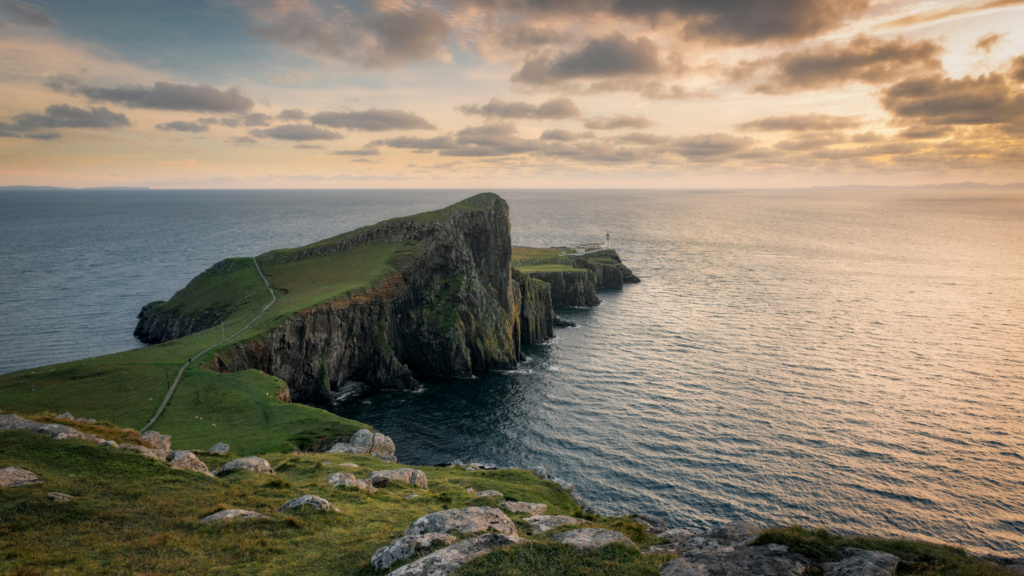
Highland Park and Scapa in the northern island of Orkney are coastal distilleries but produce very different styles of whisky - malty/smoky and herbal/citrus respectively. The Isle of Skye distillery, Talisker, produces whiskies that are big and punchy with plenty character. Isle of Arran whiskies are rich and malty and finally, Mull and Jura are usually described as thick, nutty and maritime.
Talisker
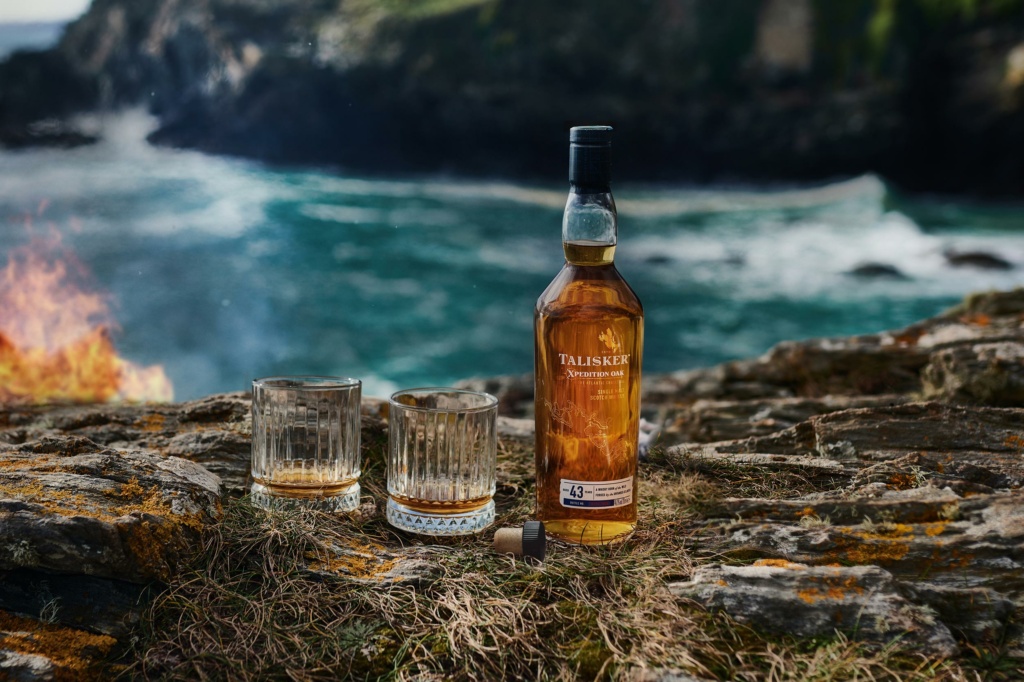
The storm-battered, robust island of Skye has its spirit embodied in Talisker. The distillery was founded in 1830, against the incandescent anger of the devoutly religious Skye community. However, once the dram was tasted across the country, news spread of its superior quality. World famous writer Robert Louis Stevenson recommended it as one of the best malts he had tasted, and demand grew quickly for this remote distillery. Talisker and its visitor centre is now a major tourist attraction and owner Diageo’s most-visited distillery. It is recommended that the expression be paired with oysters for the ultimate sensory experience, as the taste perfectly complements the whisky's maritime flavours of sea salt, peppercorns, green moss and smoke.
Tobermory

Established in 1798, Tobermory distillery is situated in the heart of the Hebridean capital of the Isle of Mull. For half the year, they produce their fruity, unpeated namesake, Tobermory whisky, and for the other half, they make the heavily peated Ledaig. Ledaig was the original name for the distillery, when it was founded in the Ledaig area of Mull by John Sinclair, a local kelp merchant. It remains the only distillery on the island, and holds claim as one of the oldest commercial distilleries in Scotland. Tobermory is known for flavours of orange, mixed spices, caramel and sea salt, whereas it's smoky twin is known for its bonfire, heather and spicy flavours.
Highland Park
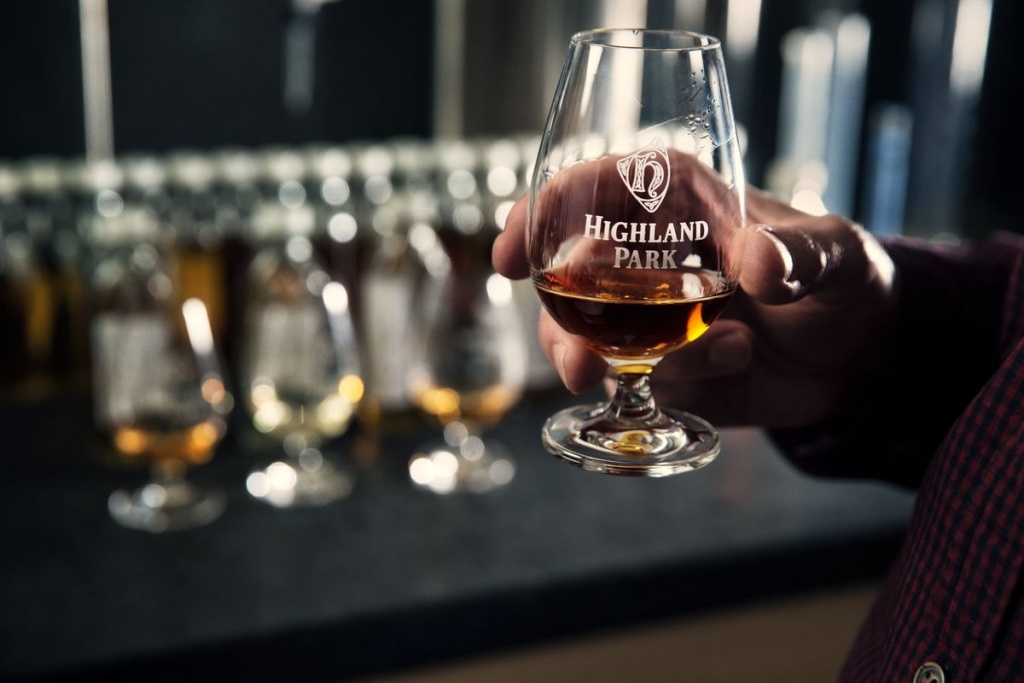
Highland Park is often termed as a Highland distillery, and it certainly is, as the northernmost distillery in Scotland. However, it also calls the island of Orkney home - which serves as the wild and natural inspiration for their spirit. Fun fact: the name Highland Park does not in fact refer to the Scottish Highlands, but rather to the area on which the distillery was founded which was known as ‘High Park’. The whisky is made using local peat, which has a high heather proportion in the distilling process, before being aged in Oloroso sherry casks in a process that has remained largely unchanged in its 200-year history. The resulting whisky is famed for flavours of heather, smoke, honey and orange.
Scapa
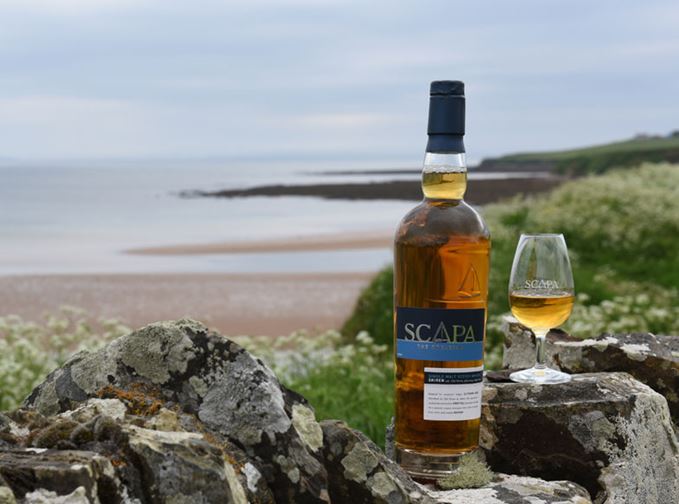
Founded in 1885, Scapa is an artisan single malt whisky forged by the extreme elements of Orkney. One of the last remaining manually operated distilleries, Scapa is manned 24 hours a day. The team work in successive shifts which means each shoulders the responsibility of delivering their signature single malt on their own. The new make spirit is racked into first-fill American Oak casks, hand selected and brought in from Tennessee and Kentucky. Water from the Orquil Springs is used for the mashing, and even though this water is peaty, it gets transported to the distillery through pipelines to limit the contact with the peat. The result is a brilliantly smooth whisky, with notes of heather, honey and tropical fruits.
Arran
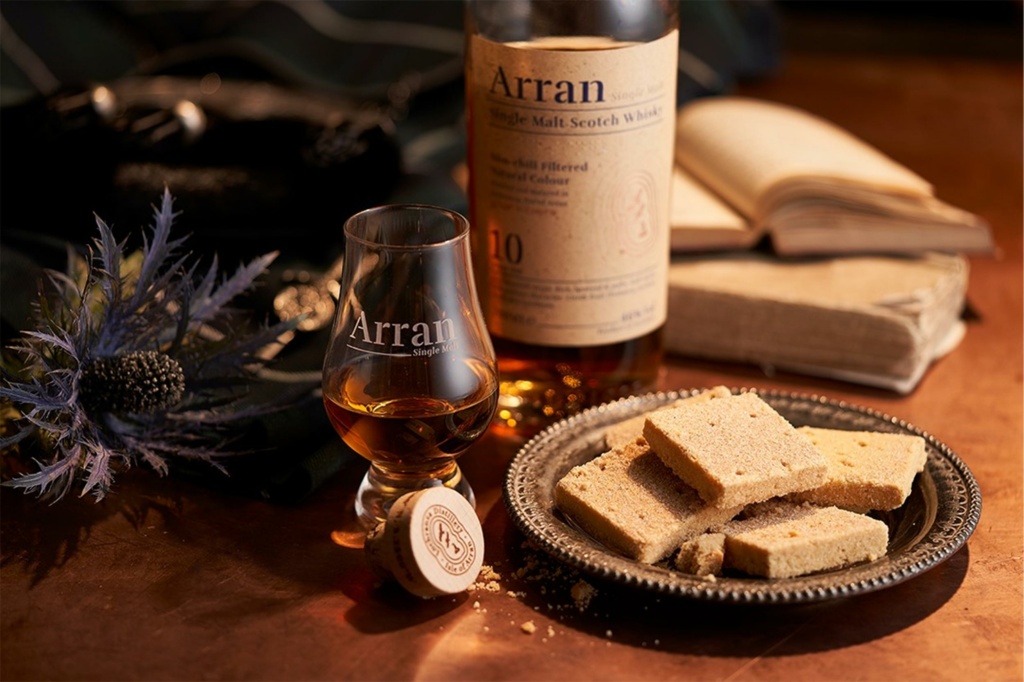
One of the few independently owned distilleries in Scotland, Isle of Arran Distillers was founded in 1994 by former managing Director of Chivas Regal, Harold Currie. The distillery stands in the village of Lochranza, to the North, and draws its source waters from the Loch na Davie, which are purified by granite and softened by peat as it arrives from the mountain above. They use bespoke wooden wash backs and copper stills as part of their traditional method, and mature their spirit in earth floored warehouses - the influence of the clear mountain air and warm Gulf Stream breeze is evident in the resulting dram. Alongside this, you will find crisp, clean flavours of malt, cream and apple.
Lagg
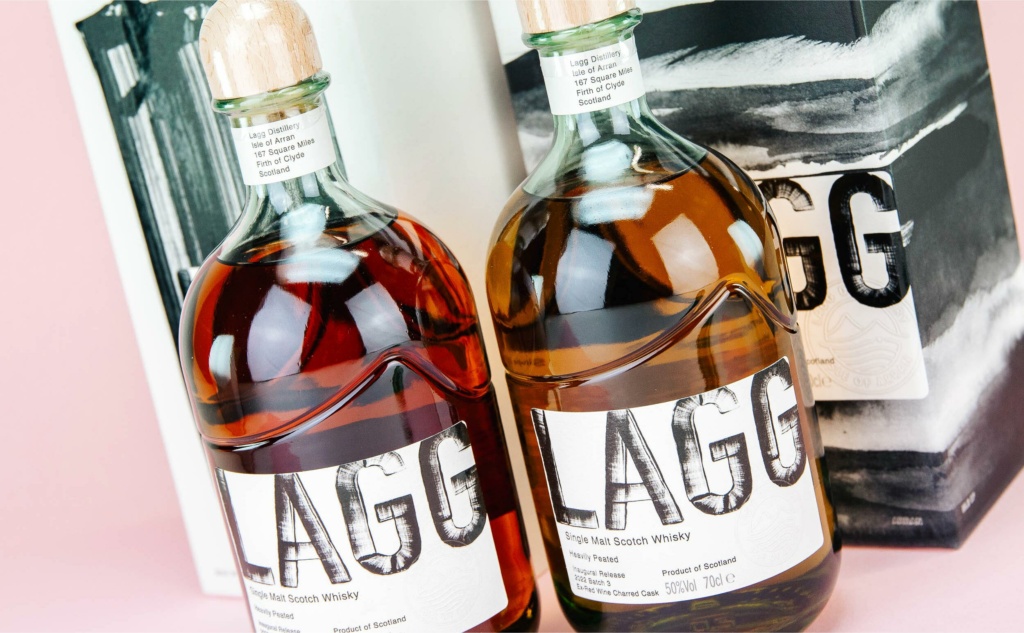
Owned by Isle of Arran distillers, this brand new distillery makes heavily peated whisky in the spirit of illicit expressions made in Lagg for hundreds of years. Founded in 2017, Lagg is one of only two distilleries on Arran, and shares it's sister distillery's fondness for traditional processes. The first few releases shared flavours of earthy peat, heather, pear and smoke. We are more than excited to see what comes next for this young distillery.
Jura
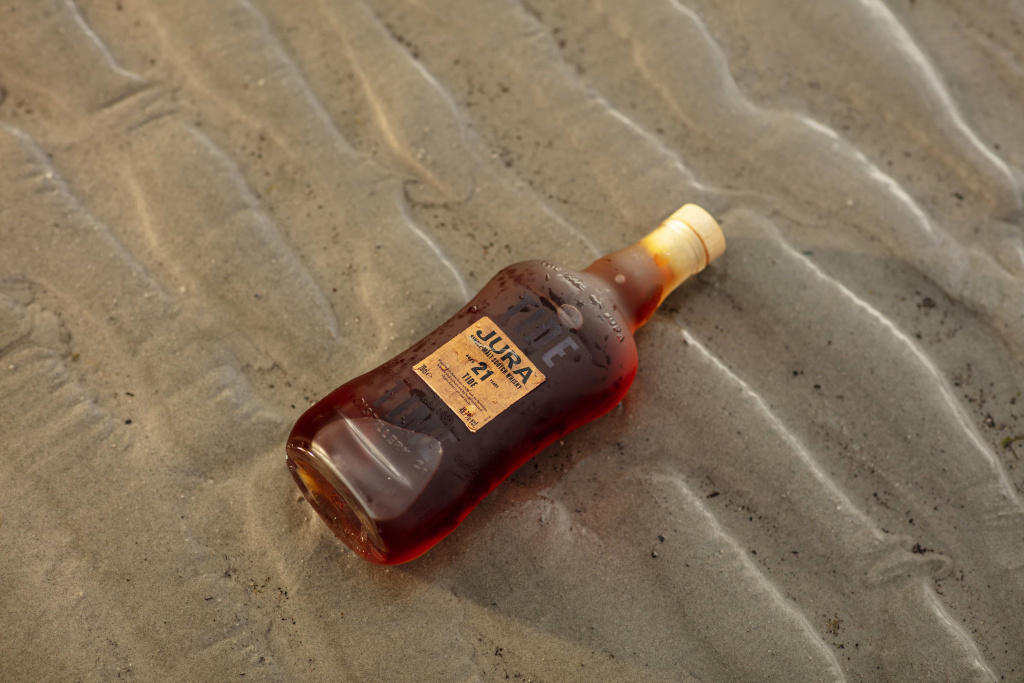
Made by a tiny community, on an island where the 200 residents are outnumbered by some 5,000 deer, Jura whisky is modelled on the lighter expressions of the Highland region. The spirit is made using the crystal clear waters that run off ‘The Paps of Jura’, the tallest mountain range on the isle, and using some of the tallest stills of any island distillery. After maturation in mainly American oak ex-bourbon barrels, the whisky is decanted into Jura’s iconic bottle – with its broad shoulders and rounded edges originally designed to withstand rough sea journeys. Founded in 1963 by two Jura landowners to revive the local economy, this modern whisky is known for flavours of vanilla, cinnamon, pear and honey.
Torabhaig
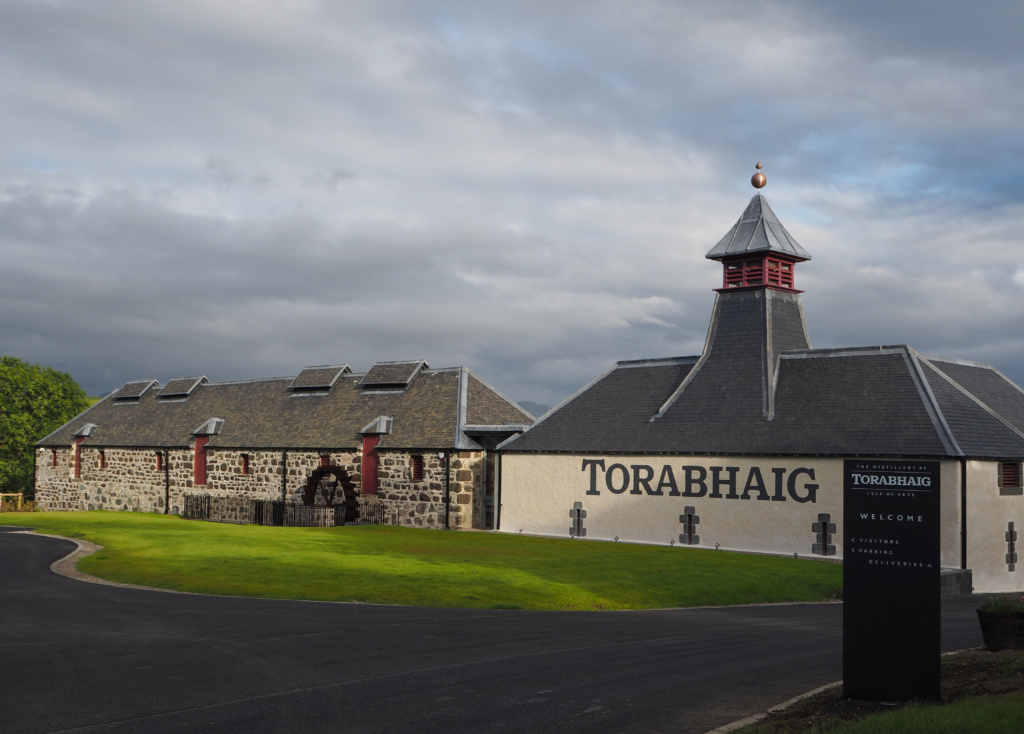
A new kid on the block, Torabhaig is the second distillery to grace the Isle of Skye; the first in 200 years. Founded in 2017, the distillery was created from a 19th century farmstead, near to the ultra-pure water sources of Allt Breachach and Allt Gleann - for which their second much-hyped expression is named. Made using traditional wooden washbacks and two copper stills, the result is a whisky is known for flavours of peat, sea spray, citrus and orchard fruits. It has since become a firm The Whisky Shop customer favourite. You can read our managers' tasting notes for Torabhaig Allt Gleann Legacy, here.
To browse our full range of Island whisky: see here.
 4.7/5 with 10,000+ reviews
4.7/5 with 10,000+ reviews

